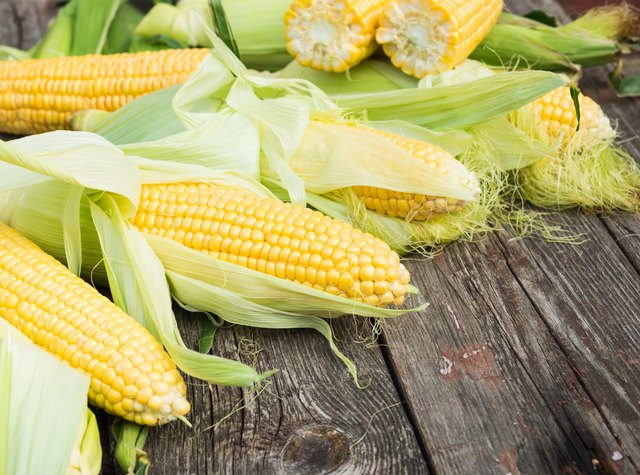Current Price of Yellow Corn in Ghana

Ghana is a country located in West Africa with over 30 million population. Agriculture is a significant contributor to the country’s economy, with over 60% of the population engaged in agricultural activities.
Yellow corn is one of the most important crops grown in Ghana, with the majority of farmers in the country growing it.
Yellow corn is a maize or corn, which is characterized by its bright yellow color. It is commonly used for human consumption, animal feed, and industrial purposes.
It is rich in nutrients such as fiber, protein, vitamins, and minerals, making it a popular choice for a healthy diet.
This article will be talking about the uses of yellow corn, the price and factors affecting affecting price in Ghana.
Uses of yellow corn in Ghana
- It can be used as staple food. Corn is used to make a variety of dishes, including banku, kenkey, and tuo zaafi.
- It can be used as snacks. Roasted corn is a common street food that is sold by vendors all over the country.
- Yellow corn can be used to feed chickens, pigs, and cows, among other animals.
- Can be used as a source of income. Corn is a cash crop that is grown all over the country, and it provides farmers with a reliable source of income.
- Can be used as beverage. Corn beer, also known as “pito,” is a fermented beverage that is made by soaking corn in water and allowing it to ferment for several days.
Current Yellow Corn Prices in Ghana
The current average price for a 50kg bag of yellow corn in Ghana is GHS 170. The price is significantly higher compared to last year. The increase in price is due to a number of factors that have affected the production and distribution of yellow corn in the country.
Factors affecting the price of Yellow Corn in Ghana
1. Weather Conditions
Drought and other extreme weather events can lead to a decrease in the supply of corn and subsequently drive up the price.
Favorable weather conditions can lead to an increase in supply and reduce the price of yellow corn.
2. Transportation Costs
If transportation costs are high, it becomes more expensive to transport corn from where it is produced to centers where it is consumed.
This can lead to an increase in the price of corn, as the costs of transportation are passed on to the consumers.
- Advertisement -
3. Government Policies
Subsidies on inputs such as fertilizers and pesticides can increase the supply of corn and reduce the price.
Taxes on inputs can reduce the supply of corn and increase the price. Increase on the importation of corn can affect the price of locally produced corn.
4. Market Dynamics
When the demand for corn is high and the supply is low, the price of corn increases. When the supply is high and the demand is low, the price of corn decreases.
This is a basic principle of economics that applies to all markets, including the yellow corn market in Ghana.
5. External Factors
If global corn prices are high, it becomes more profitable for farmers to sell their corn on the global market than in Ghana. This can lead to a decrease in the supply of corn in Ghana and an increase in price.
Conclusion
The current prices of yellow corn in Ghana are influenced by various factors such as weather patterns, government policies, and regional demand.
While the prices may increase, farmers and traders can make informed decisions by keeping up-to-date with market trends and engaging in price negotiations.
It is also necessary for leaders in the corn industry to find a balance between profit margins and affordability for consumers.


